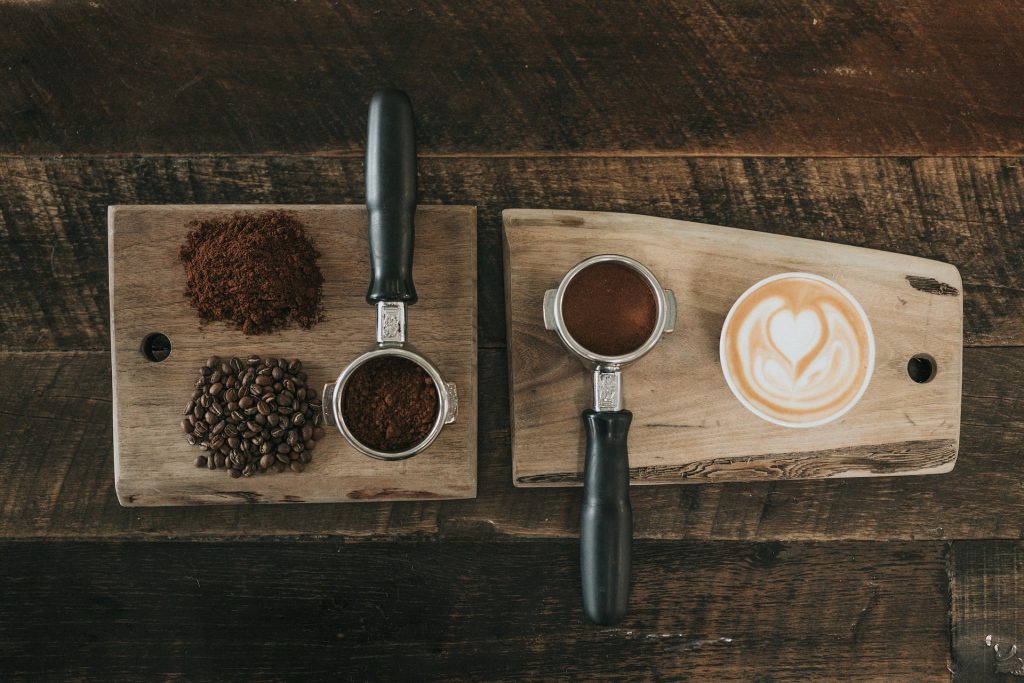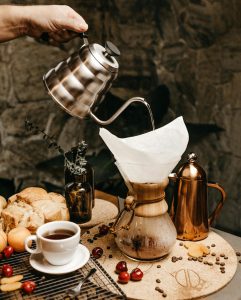Freshly brewed coffee has no other alternative in the market, and it’s the best beverage. But do you ever stop to think about what happens from bean to cup in the morning? You’ve probably heard people discuss “coffee beans” and “espresso beans.” Are they two different things? Or is it just one marketing term?
Both coffee beans are same but still not identical to each other. So, let’s explore what makes coffee beans and espresso beans different. Also, how it affects the taste and experience. In this blog article, we will be discussing all these points in a bit detail.
Coffee Base Begins with a Bean
Firstly, all coffee, whether drip coffee or espresso, starts out as a coffee bean. Technically, the beans are seeds of coffee cherries, the fruit of the coffee plant. Look at cherry pits, but these get ground and roasted to be your beverage.
The coffee bean itself does have some part in what the overall character of its properties will be. There are two broad categories:
Arabica: It is cultivated most and represents 60% of the world’s coffee. Arabica coffee beans are light body with fruit flavour, chocolate sweetness, and flower scent. Arabica contains low caffeine and high taste compared to Robusta. Arabica is grown at high elevations.
Robusta: Robusta coffee beans are firmer and tougher to grow, a property reflected in their stronger caffeine concentration and richer, more often bitter-tinged taste. They are used sparingly in the mixture to give it body and a caffeine kick. They prefer growing at lower altitudes.
Wholesale robusta coffee bean distributors makes every purchase of coffee beans memorable.
Different Roasting Techniques for Coffee
Your breakfast coffee and your espresso beans differ from one another, primarily in the roasting. This is where the magic is. Roasting accomplishes for the green coffee beans brings them from the green bean to the flavorful bean that we all so adoringly enjoy.
Roasting is a heating of the beans that brings forth the concealed, deep, and rich flavors, oils, and aromas of the beans. The fourth quality is significant due to the impact of the roast level.
Light Roasts: They are lightly roasted and at low temperatures. They preserve most of the original characteristics of the coffee bean, including acidity and light flavours. They are brighter in taste and have a fruity taste.
Medium Roasts: They’re the roasts’ best friend, with the perfect balance of body, flavour, and acidity. They’re the perfect roast for any brewing style.
Dark Roasts: They’re roasted more and at more heat. They contribute a richer, darker taste with chocolate, caramel, and even a smoky or burnt taste at times. The increased heat also suppresses acidity.
Espresso Beans: The Darker Side of Coffee
Now that that’s out of the way let’s move on to the point: Espresso beans are not even a species of coffee bean but rather a method of roasting most famously linked with creating espresso.
Prone to Darker Roast: Espresso beans are darker compared to those roasted through the drip process. This is because a darker roast is used in creating an intense, bold, and strong shot of espresso. This also provides room for the beans to emit more oils so that crema, smooth, foamy head of a well-pulled shot of espresso can be created.
Flavor Profile: Under this darker roast coffee, the flavor profile of full-bodied, bold, and overall nut or chocolatey is realized. High heat also caramelizes the sugars within the beans, which gives the end product a touch of sweetness.
Blend vs. Single Origin: Single origin bean is not usually an issue with some espresso, but usually, the roaster will have a mixture of beans that they will use for espresso. This allows the roaster the comfort of being able to use multiple beans with the hope of finding a flavor profile, balance of body and acidity, and duplicating a fine shot.
Coffee Beans for Drip: The Versatile Choice
Drip, French press, pour-over, or other are typically of a more mature roasting level.
There are levels of roasting that includes pour-over, French press, and drip coffee roastings. Following are some types:
Light to Medium Roast: Light or medium roast coffee beans are best to make drip coffee. This technique brings out the rich taste of the bean such as balanced acidity and fruit flavor.
Focus on Origin and Bean Type: Packages of coffee beans for these brewing methods would probably also indicate the origin (e.g., “Ethiopian Yirgacheffe”) and type of the bean, e.g., “Bourbon” or “Geisha.” This enables you to select specialty coffees to pair up with specific flavour and taste profiles from across the world.
Flexibility: You may switch the usage of light roast beans in drip and vice versa. Just keep in mind that the body and flavor you get are in your hands.
Conclusion:
The coffee beans and espresso beans journey start with a bean. These both use coffee beans (Arabica or Robusta, most commonly). Only, the difference is their roasting techniques. Espresso beans are darker roasted than drip coffee beans.
The taste profiles are unique. Espresso beans yield a heavy, bold, and often chocolaty taste profile, whereas drip coffee beans yield fruit-to-floral flavors. Test it out for yourself. We encourage you to experiment with different beans and methods of brewing in order to make your perfect cup!
The world of coffee is so wide and vast, and it’s a taste and experience world. With some understanding of the diversified differences between coffee beans and espresso beans, you can find the ideal cup that you have a taste for.
For a bulk purchase, wholesale robusta coffee bean suppliers have the best blends of coffee.
Frequently Asked Questions
1. Can You Use Espresso Beans for Drip Coffee?
Yes, you can! And lots of people have a lot of fun doing it. You’ll find you’ll get a richer, fuller cup of coffee compared to using one that was more lightly roasted. But remember that flavor is compromised.
2. Can you use drip coffee beans to make espresso?
Technically, you can, but the result isn’t going to be quite as attractive. There won’t be crema and body to the shot, or probably even body and taste complexity. You will also need to mess around with grind to ensure that you can get the best out of it.



